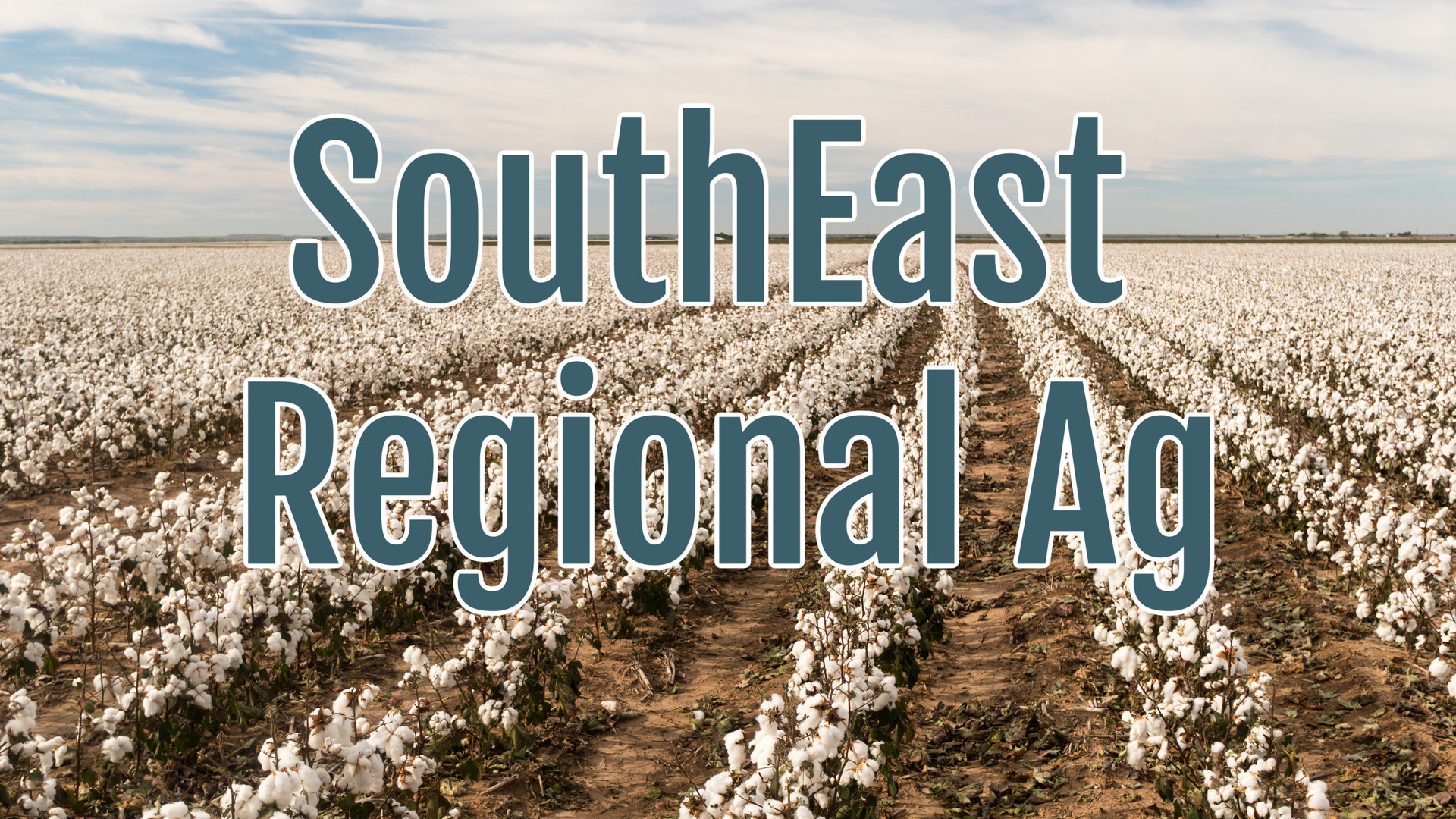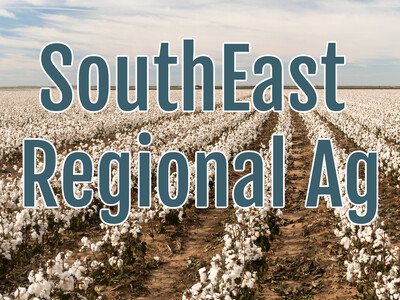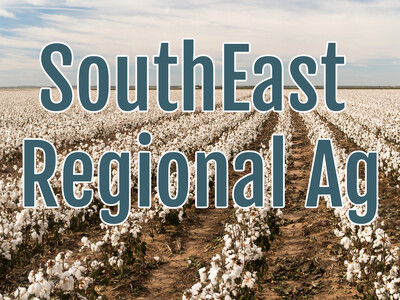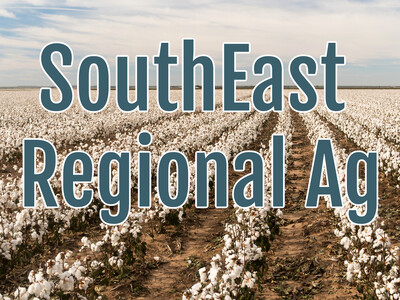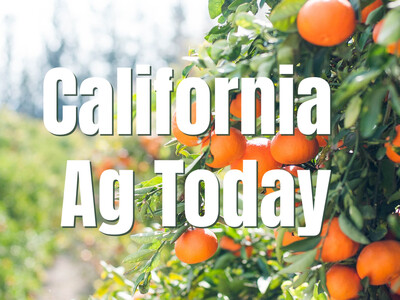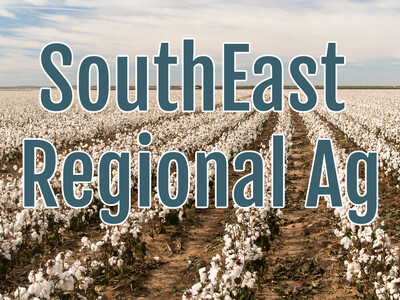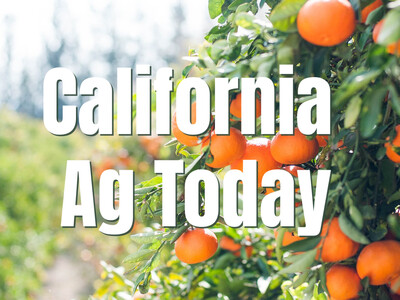Rise in Farm Bankruptcy
With your Southeast Regional Ag Report, I'm Trevor Williams.Chapter 12 bankruptcy filings continues to grow, as farmers are facing both changes in consumer demands, fluctuating commodity prices, and now, the struggles of life amidst the pandemic.
Chapter 12 bankruptcy was created in 1986 in response to the poor economic conditions that plagued agriculture, including low commodity prices, low farm income, record farm debt, and tight agricultural credit markets.
Here is Nathan Kauffman, with the Federal Reserve Bank of Kansas City, talking about recent trends in farm bankruptcies.
"Where we had been seeing the most significant increases ion farm bankruptcies, had been in the dairy industry. As we look at the pressure of the past several years, that was definitely a sector where there was more financial pressure. It seems as though some of those conditions have stabilized a bit more relative to where they had been. Certainly, as we see farm income higher than this past year, that will benefit some types of producers. But it's also important to remember that a lot of times what people refer to as these bankruptcies tend to relatively smaller farms."
2020 ended as the 5th straight year that saw a rise in farm bankruptcy. Between 2010 and 2020, Georgia was one of the hardest-hit states, with almost 400 farms filing for chapter 12 bankruptcy. Florida has a little over 200 farms file, while Alabama only had 90 in that 10-year time frame. In 2020 alone, there were 552 chapter 12 filings. The southeast saw a rise in cases, up 15% from the previous year. While the Northwest was the hardest-hit area, with over a 109% increase in farm bankruptcies from 2019 to 2020.


